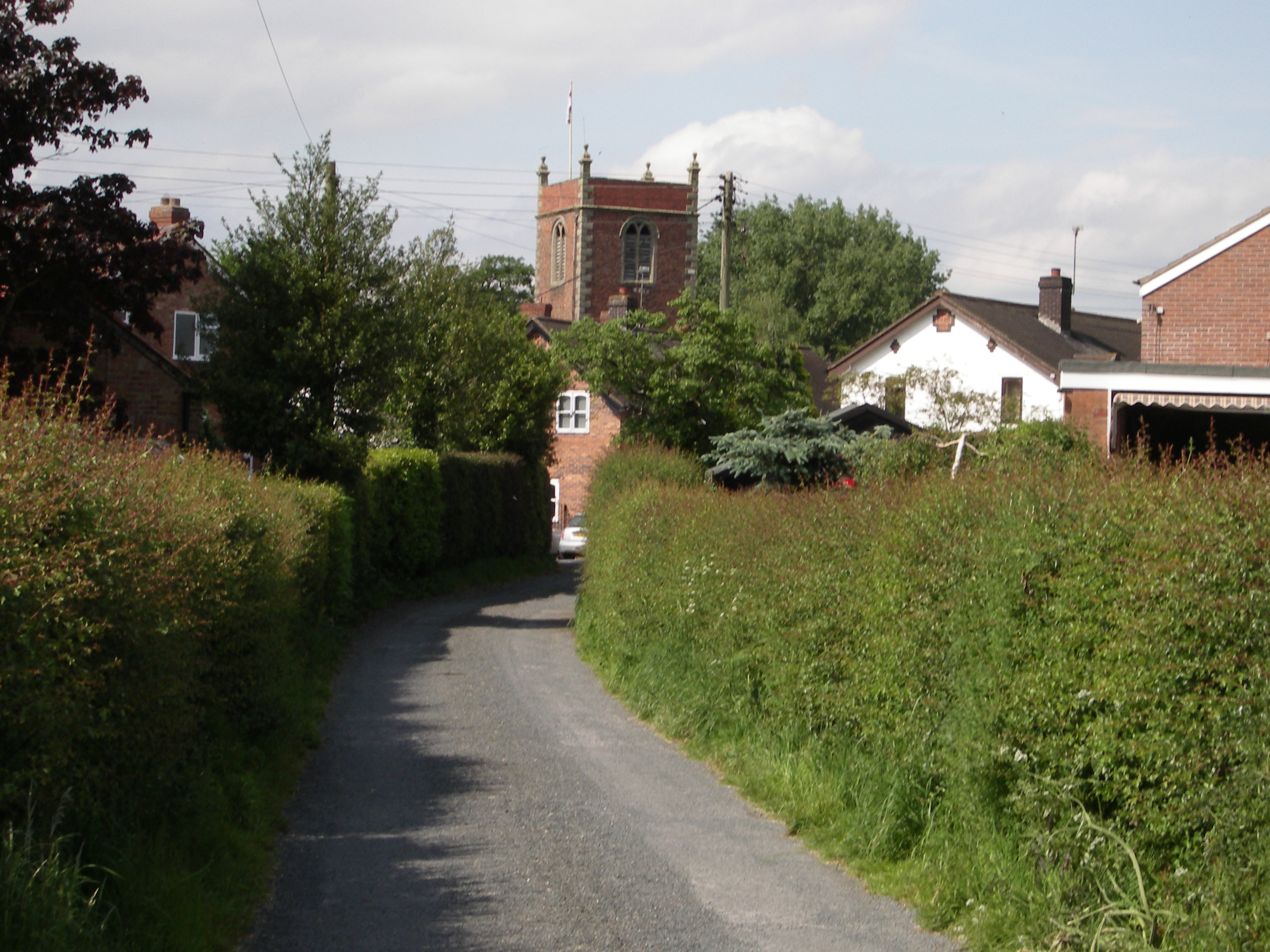| 4. | John Bethune was born about 1720 in (in/of) Sussex, England. Notes:
Heraldic memorials tell us about family relationships but not, usually, about individual character. Someone who inherits a lion rampant may be the most timid of men. But the beautiful Saxon church of St Nicholas at Worth, Sussex, contains memorials connected with the Bethune family that seem quite revealing in their heraldic arrangements.
Two Bethunes, George (baptized in 1746) and his son George Maximilian (baptized in 1772) were both in turn Rectors of Worth. The Bethunes traced their ancestry ultimately to a 14th-century marriage, well known to genealogists, between Robert Bethune, a distinguished French immigrant to Scotland, and the heiress of the house of Balfour of that Ilk, in Fife.
Heraldically, an "heiress" is a woman from a family which has no surviving males, so that it falls to her husband to represent her father?s name and bloodline " the mediaeval mind did not like to see a lineage simply vanish through lack of male heirs. A man who married an heiress placed her father?s shield as a small ?inescutcheon of pretence" over the centre of his own coat of arms. Men who descended from heiresses showed their different bloodlines as "quarterings" their shield was divided in four (or more, if they descended from many heiresses), with the arms of their male ancestry placed in the first quarter, and those of the successive heiresses in their pedigree placed in the other quarters, repeating as necessary to make an even number.
Marriage with a non-heiress, on the other hand, is symbolized by an "impaled" coat: the shield is divided in half down the middle, with the husband?s arms on the dexter side (the viewer?s left) and the wife?s family arms to the sinister. A non-heiress?s arms do not descend to her children.
Since Robert Bethune?s wife was an heiress, the Bethune arms had an arrangement of four quarters, with the fess and mascles (horizontal stripe and hollow diamonds) of Robert Bethune in 1st and 4th quarters, and the otter?s head on chevron of Balfour in 2nd and 3rd quarters. So far, so orthodox.
What seem less orthodox are the displays in memorials to the two Rectors? widows. The elder Rev. George married a cousin Catherine Bethune, who died on the last day of 1808 and is commemorated by a wall monument. This shows her arms on a lozenge shape, as is usual for ladies (since women did not carry shields into battle); in other respects undoubtedly the display simply reflects the arms which her husband used in his lifetime. What it shows is the quarterly Bethune/Balfour coat, surmounted by an inescutcheon bearing that identical quarterly coat.
Snobbish people liked to multiply the number of bloodlines they claimed to represent, but this seems ridiculous. Catherine may have had no brothers; but if she was related to her husband closely enough to inherit identical arms, then she was not a heraldic heiress - he was there to represent their common ancestry. Logically, a shield of pretence should never be identical to the arms on which it is placed.
Nevertheless, this illogic is not unparalleled. (I know of a similar case at Ticehurst, not far away in the same county.) Things get more interesting with the memorial window for the Rev. George Maximilian?s widow, Anna Maria, n?ee Ewart. Again this displays on a lozenge the heraldry which her husband would have used on a shield. It shows two quarterly coats impaled. The dexter half of the lozenge has the Bethune/Balfour quarterings as above. The sinister half has the Ewart arms, principally featuring crossed swords, in quarters 1 and 4, and the arms used by the local Norman family, a ship under stars, in quarters 2 and 3.
A first question here is where the Normans fit in. They were connected not to the Ewarts (who do not seem to have been a local family) but to the Bethunes. In 1812 James Ormond Norman married George Maximilian?s younger sister Mary. The Norman family had moved to the South-East from Cumberland not long before, so it is unlikely that there was any previous family link.
Perhaps, if James had died without sons (I have no information there), George Maximilian saw himself as representing the Norman bloodline. If so, this was surely stretching the rules. Taking on the representation of a dead father-in-law is natural. Putting oneself forward as the living heir to a younger sister?s husband?s bloodline seems a tenuous claim to extra quarterings.
But even if we conceded George Maximilian?s right to the Norman quarter, why mix it up with the Ewart arms on his wife?s side of the display? The rules of heraldry are clear. If you marry a woman who is not an heiress, her family arms fill the sinister half of the shield, your own fill the dexter half, and any quarterings belong with the spouse to whose ancestry they relate. If George Maximilian claimed to represent the Normans, he should have used the ship and stars as the third dexter quarter, replacing one of the Balfour quarters. The sinister half of his coat should have contained just the Ewart arms.
That could have given George Maximilian a problem, though. Apart from the fact that it would have disturbed a centuries-old two by two arrangement of Bethune and Balfour quarters, it would have meant that his rather bland bearings - stripes, diamonds, tiny otter?s heads - would have been visually swamped by his wife?s blood-red crossed swords, at four times the size. Not quite the thing for a 19th-century paterfamilias?
(Notes MR3-6)
John married Mildred. Mildred was born about 1720 in (in/of) Sussex, England. [Group Sheet] [Family Chart]
|


